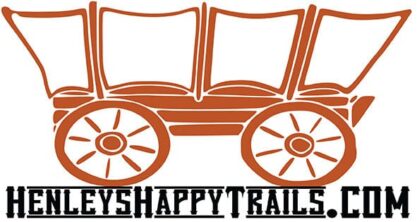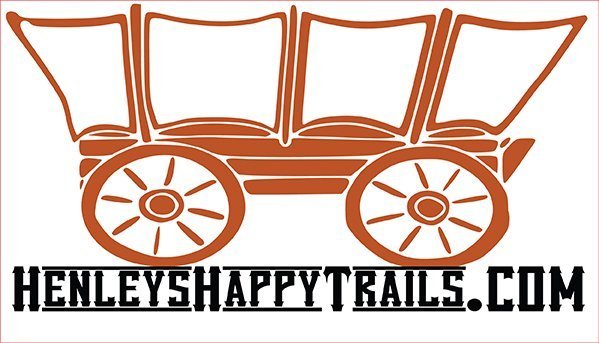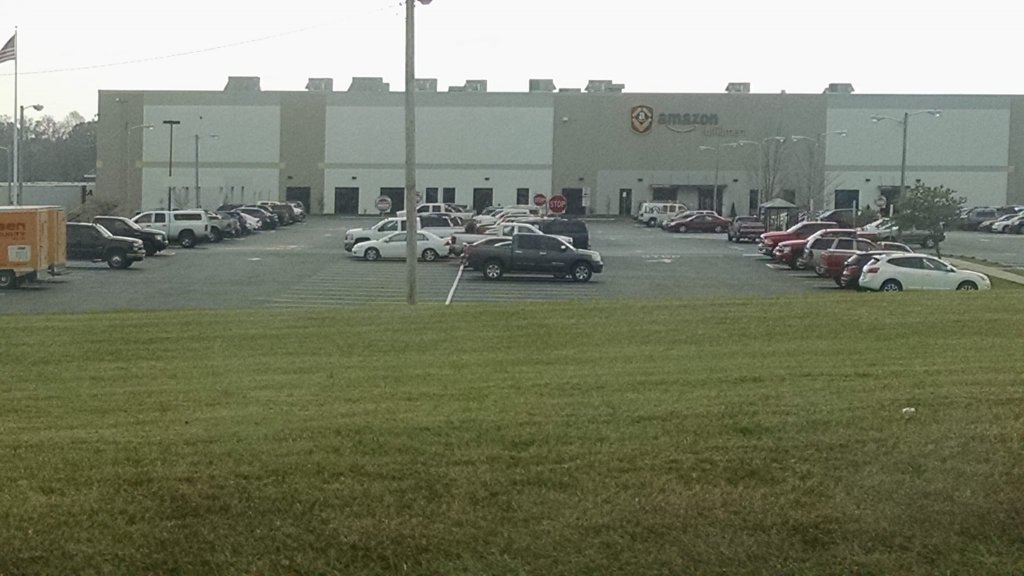Disclaimer: Levi and I are in no way affiliated with or representing Amazon. We are simply detailing our work camping experience for those interested.
Space: the final frontier. These are the voyages of the Amazon stowers and their ongoing mission to seek out room for products and earn a paycheck in return, to dutifully stow for a length of time that no man has ever stowed before.
It may have been our second year as CamperForce Associates, but It’s always Day One at Amazon or so the company motto goes. This time around, Levi and I signed up to work during the months of November and December (2016) at the Fulfillment Center in Campbellsville, KY, less than 90 miles south of Louisville. We were assigned to day shift in the stow department. Last year we worked at the Fulfillment Center in Haslet, Texas during the night shift as part of the ICQA (inventory) department. Read about our work camping experience in Texas, here.
We arrived in Kentucky at the end of October, after completing our work camping gig with the Sugar Beet Harvest in Western Minnesota. This was our first venture into Kentucky and we were entranced with the fall foliage, icy lakes and streams, and festively decorated town squares. It’s the epitome of small town America.
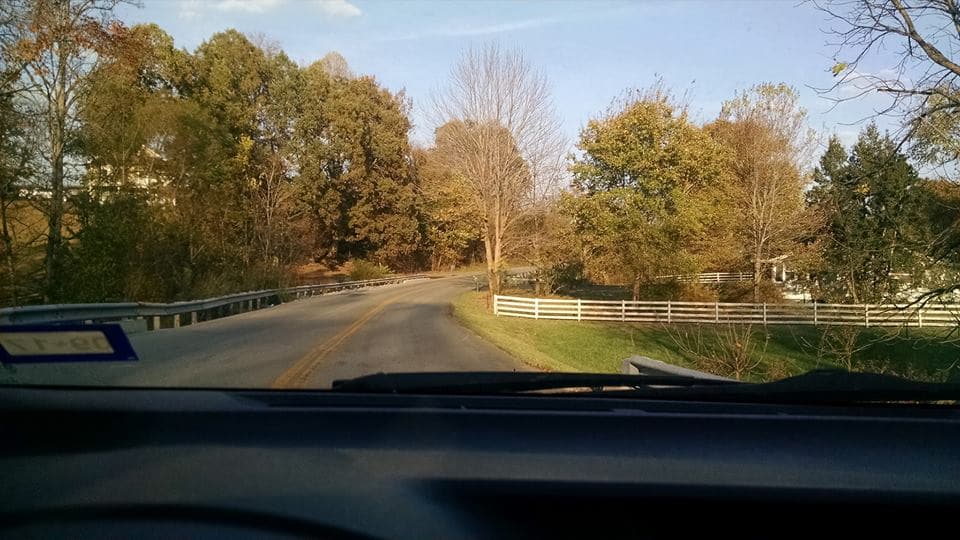
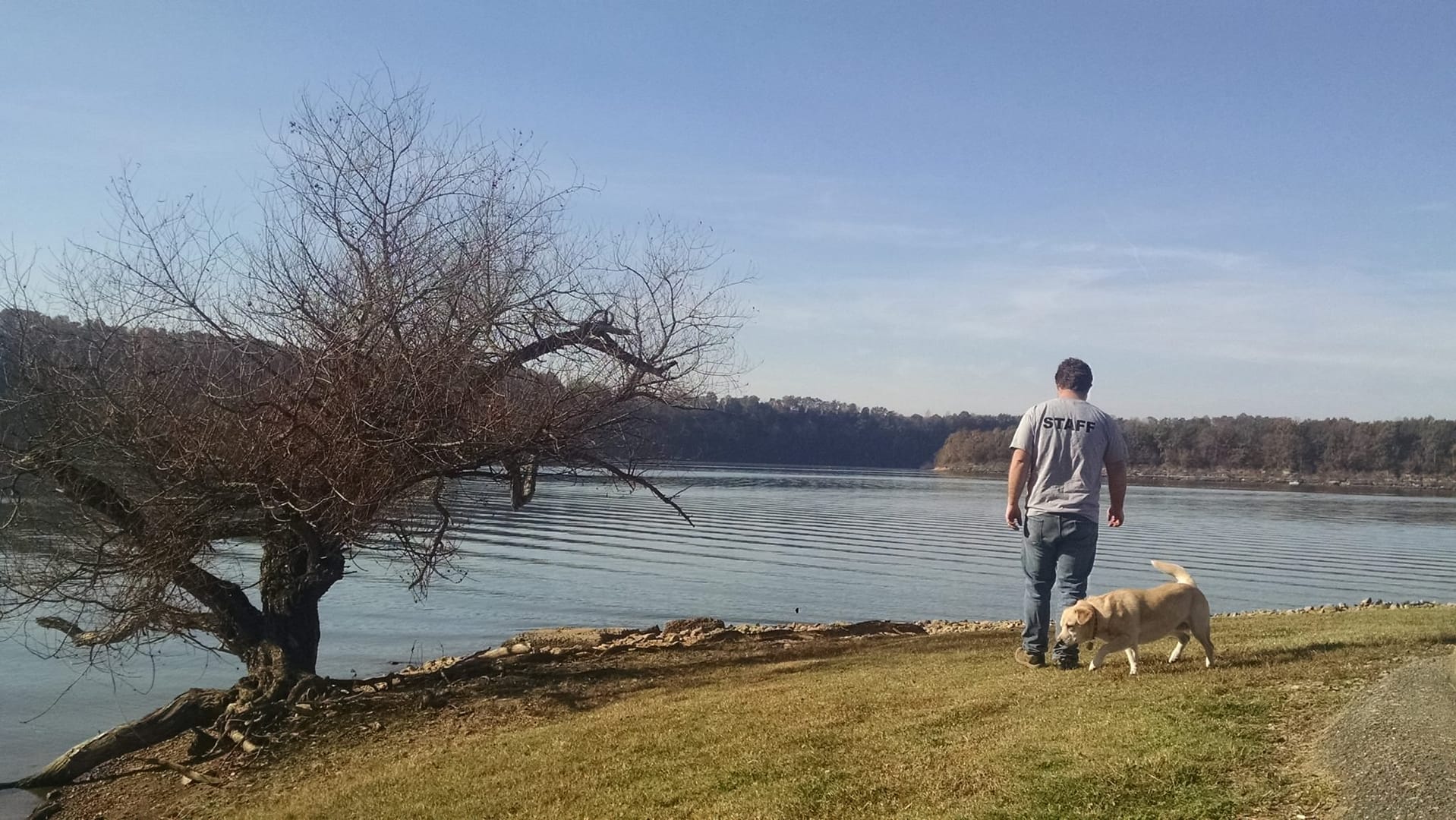
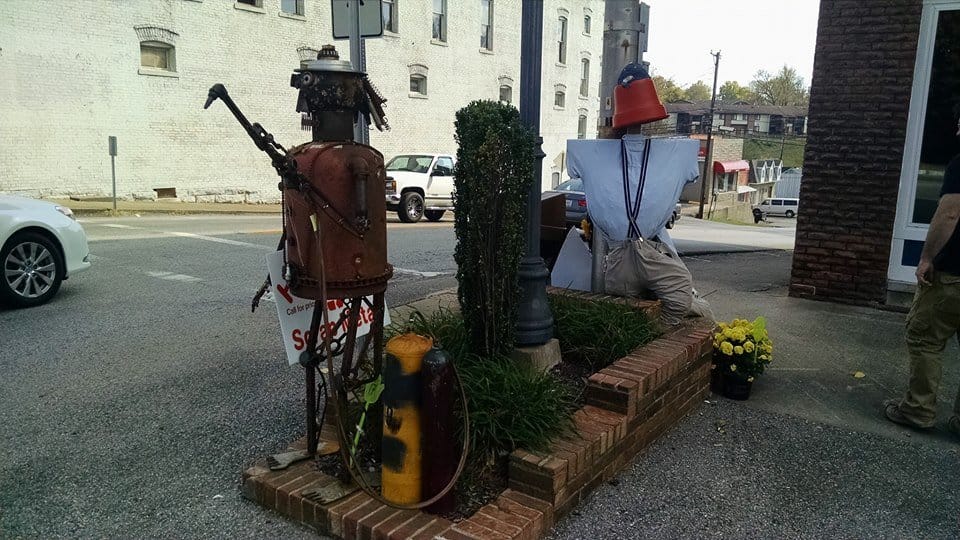
What is Amazon CamperForce?
For nearly a decade, Amazon has opened its doors to nomads for the latter part of each year, hiring those who live and travel (full or part time) in their cars, converted vans or buses, travel trailers, fifth wheels, and motorhomes. These traveling workers are referred to as work campers, and in the realm of Amazon, they are CamperForce associates. Their participation in the receiving, stowing, picking, packing, and shipping of products during the holiday season has proven to be a huge asset for the conglomerate.
Amazon CamperForce is a popular work camping opportunity sought after in the full time RVing community. Despite the epic shift schedules (at least ten hours a day for four typically consecutive days) and working conditions (standing the entirety of your work shift in often noisy,quick-paced surroundings), many apply and begin work during the fall. Compensation comes in the form of a full hook-up site, hourly pay starting at $10.75 with opportunities for overtime, and a completion bonus (one dollar for each hour worked that given season). These were the reasons that drew us back for a second year.
There are less than a handful of Amazon Fulfillment Centers around the U.S that hire RVers, specifically. Although we were quite familiar with the facility and some co-workers in Haslet, TX, we wanted to experience a different work environment, so we applied for positions in Campbellsville, Kentucky, with Murfreesboro, Tennessee as our second option. Both warehouses do not have the robotic Kiva systems. Instead, they are referred to as a Legacy Centers, lacking the robotic advancements, but a distribution center, nonetheless.

The Hiring Process
Towards the end of our first season in Texas, we were given the opportunity to reapply for employment with Amazon CamperForce for the following year. This was an early bird special for current employees only, and we had a week or so, before the new year, to apply before the official application/hiring process began in January. (Early application submission was also offered after this season in Kentucky.)
Completing our applications was a breeze the second time around. We updated our resume already on file and included our shift and department preferences. We were well aware, this second time around, that our selections were not guaranteed since assignments are solely based on the company needs at that given time, but we were hoping to at least be assigned the day shift. Night shift makes more per hour, but after experiencing a season of graveyard duty, we were ready to join the living.
Our first contact from Amazon was in February via emails. We were notified that our separate applications were received. In March, we received Acknowledgement forms initially confirming our commitment to work the season in Campbellsville, KY. We were also asked to specify our preferences for department, shift, and schedule (to include or not to include weekends). Throughout the spring and summer months, we read newsletters regarding the facility and tips on preparing for the job. We had the option to participate in webinars, as well. They elaborated on job responsibilities, campground specifics, and compensation queries. We were very impressed with the updates as we did not receive any the year before with the Texas center.
The most important emails were received only a few weeks before our chosen start date, October 31st. They included drug screen orders at the nearest testing location and background checks. We were in East Grand Forks, MN at the time and the nearest drug testing facility was in Fargo, ND, so we set out on the hour or so journey mid-October to pee in a cup. Our results were reported about three days later, negative on the drug tests and clear on background checks. Our orientation/start date on Halloween was confirmed shortly after.
As opposed to completing new hire paperwork and tax forms on the actual start date, these forms were sent and signed online, electronically. They also detailed our shift, scheduled work days, and department. We were assigned to the stow department and would be working during the day (6 AM to 4:30 PM) Thursday through Sunday. Paperwork signed and sent in, we were ready to begin another season as CamperForce associates.
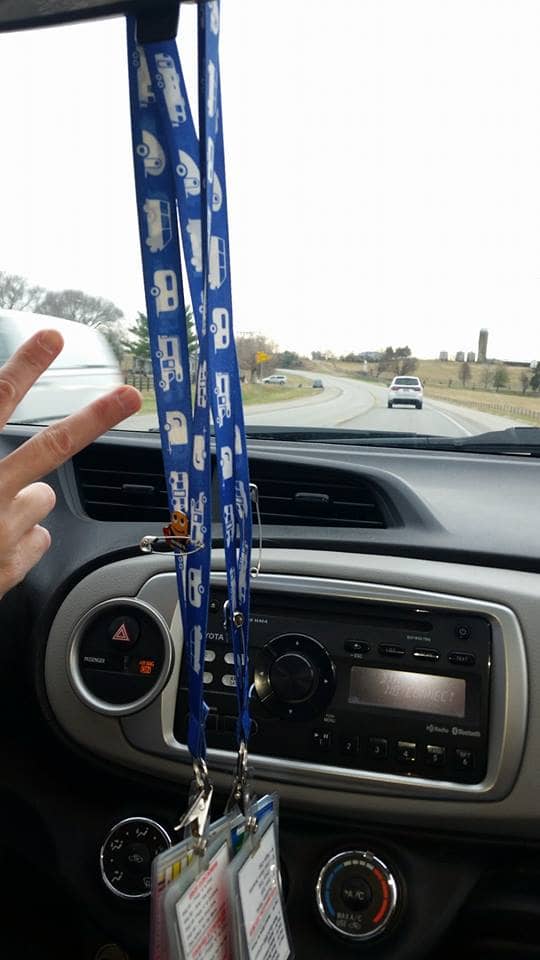
Orientation and Training
Orientation started bright and early Halloween morning. About 50 of us gathered in the front parking lot before being ushered into a side room by the CamperForce Administrator, Kelly Calmes. Out of the many faces, Levi and I recognized one from our previous year working in Texas. There was a mixture of novice and veteran Amazon work campers, some hitting the road for the first time and others had been around the country a time or two.
Kelly Calmes took us through the first half of the day with information on the facility and production demands, department and shift assignments, job responsibilities, safety protocols, and CamperForce specifics (campground stays and compensation). We found out that since our work schedule stretched into the weekend (both Saturday and Sunday), we would have a slight raise, earning $0.75 more per hour. Not too shabby!
After a thirty minute lunch, we completed the second half of Orientation with a tour of the warehouse and Safety School. The Fulfillment Center in Campbellsville is a fraction of the size of Haslet’s facility. I was expecting for my senses to be overloaded with noise from the conveyor belts, machines zipping about to each section of the warehouse delivering products, and truck engines humming at the dock waiting for shipments to be loaded and incoming merchandise to be unloaded. It was quite the opposite scenario; the reduction in noise was evident. Whether it was the rows upon rows of product, mainly clothing, absorbing the sounds or the fact that Peak Season was not in full swing, we were grateful for this. (In retrospect, the noise level never did become overbearing once Peak Season arrived, either.)
Safety School is exactly what it sounds like. We were introduced to (or for those of us returning, given a review of) the type of equipment used on a regular basis. We were guided through a series of modules that showed us how to interpret signs and taped off areas. After demonstrating how to properly utilize and maneuver through our work space, we were given the opportunity to practice. It was not the most riveting of courses, but a necessary one in such a busy environment.
The following four days were designated for on-the-job training. Trainees were scheduled for half the time, five hours. The short hours allow CamperForce Associates to not only adjust to their specific work schedule but also get their bodies acclimated to walking on concrete for many hours. That first day of training, our Orientation group was divided into smaller groups based on department. Pickers were grouped with other pickers; stowers were kept together.
Our trainer, a veteran stower, began her instruction by reviewing safety measures and introducing products stowed in this particular center. We took a mini tour of the facility before grabbing a scanner (our constant companion throughout our employment) and learning the tricks of the trade. For the most part, our responsibility as stowers was to assure that each item, stored for future orders, was not only accurately labeled on our scanner but properly put away. If we happened to come across any discrepancies, a fellow co-worker designated as problem solver would resolve our stowing issue. It was as simple as that.
Life as a Stower (or as Levi called us, “Space Finders”)
Hard to believe, but life as a stower was not as glamorous as one would think. Sure the task involved a few steps (scan, stow, repeat) and you could choose the aisle and stow compartments, but the job was monotonous and 10-hour days on your feet became lackluster. But hey, we were there to help customers get the products they needed and make some quick money in the process!
Our typical day as stowers followed this pattern:
- Clock in by 6 AM (for the most part) and quickly walk to the morning meetup.
- Gather with other stowers (CamperForce, seasonal, and full-time employees) to hear announcements given by one of the managers. Announcements included the production numbers from the day before (how many orders shipped out, how many products stowed), safety reminders, and goals to shoot towards for the day (reduce mistakes, refrain from time off task).
- Pick-up a scanner and head off to your designated sections of the warehouse. For the most part, Levi and I worked in the same area, but there were a couple of times where we worked on opposite ends of the facility.
- Grab a cart full of merchandise once in your designated area and roll it to an aisle of your choice to commence stowing. We stowed all kinds of items including pet food (lots of pet food), books (it was very tempting to want to read many of them), toys, kitchen appliances, and clothes…so many clothes (most notably underwear and ugly Christmas sweaters).
- Open a box, scan a product, check to see that the scanner’s description of the product matches the actual product, stow the item in an appropriate drawer/compartment/bin (depending on size and weight), and scan the selected drawer/compartment/bin. Get the next product and repeat the steps.
- We did this for a few hours before taking a 15-minute break in the closest break room. We’d meet up with other associates and talk about how the day was going or just random chitchat while shoving snacks in our mouth.
- Then it was back to our carts and boxes for a few more hours. Once completely finished with a cart, we’d each collect another to work on. If there were any discrepancies in the description or condition of an item, assistance was sought with a problem solver. That person had access to the center’s entire inventory and could finagle any issues behind a laptop.
- Clock out for lunch. Lunch was 30 minutes long. We would eat our packed sandwiches or heat up leftovers, chitchat, watch TV, and maybe check our cellphones (which had to be stored in lockers or our car, outside of the workplace).
- Clock in after 30 minutes and meet up for a mid-day meeting (same place as the morning meeting) for additional announcements.
- Return back to designated station and continue stowing for a few more hours. Most days, empty drawers and compartments were hard to come by, especially for bulky items like coats, hats, or appliances. Finding an open spot took several minutes in those cases. It was always a treat to find empty bins just screaming for product to store.
- Break for another 15 minutes and be happy your day is almost done.
- Return to your designated work site and continue stowing items till the workday has come to an end. There was usually a plethora of items to be stored, but on the occasional slow day, when incoming loads were delayed, we’d assist with clean up and maintenance of the facility. This would typically result in voluntary time off options, and yes, we chose this option a time or two or three.
The first couple of weeks, Levi and I were very energized, ready to take on extra hours and make the dough. We worked 60 hours the first two weeks following our training week. After that we lost steam, tired of the long days and monotony, and worked the minimum 40 hours, unless a mandatory day of work was assigned which rarely occurred for our department and shift. According to our center’s general manager, the decrease in production was due to another apparel center opening up in the vicinity.
Production was down to a crawl…so much so that CamperForce workers were given the option to leave earlier than the projected third week in December. This option was offered at the beginning of December. Considering that we weren’t due for our next work camping gig till the end of the month, and we don’t say no to available funds, we opted out of the early leave and trudged on. Our final day was December 21st.
Perks of the Job
Full Hook-Up Campground Site— Several months before our arrival date, we were sent an email with a list and information on all available campgrounds specific to CamperForce associates. Amazon takes care of the tab for each site, including hookups. Out of the parks, we chose one located less than a 10-minute drive from the facility. Since our start date was quite far in the future, we were placed on a waiting list.
Levi and I were one of the last scheduled groups of RVers to arrive for the season, so when we called our preferred campground to set up an official arrival date in October, we weren’t surprised to hear that there was no availability. In fact, many of the nearby campgrounds were completely full. We could have stayed at the state park but decided otherwise since there was no onsite sewer hookup. A honey wagon came once a week to collect, but we would rather drive a longer distance for the “luxury.”
We settled on a small (less than 30 sites) but spacious campground, Three Springs RV Park, located a little over 20 minutes away in Columbia. Despite the fact that it was a much longer drive to work as compared to other RV parks and it lacked additional amenities save a mail room and decent WiFi, we liked the quiet, openness of the place. There were about 2 empty sites to one side of us and a vacant RV on the other side. Some of the rigs were stored on a site for the winter. We met and visited with the owners of the park, too. It was a nice change from the hustle and bustle of work.
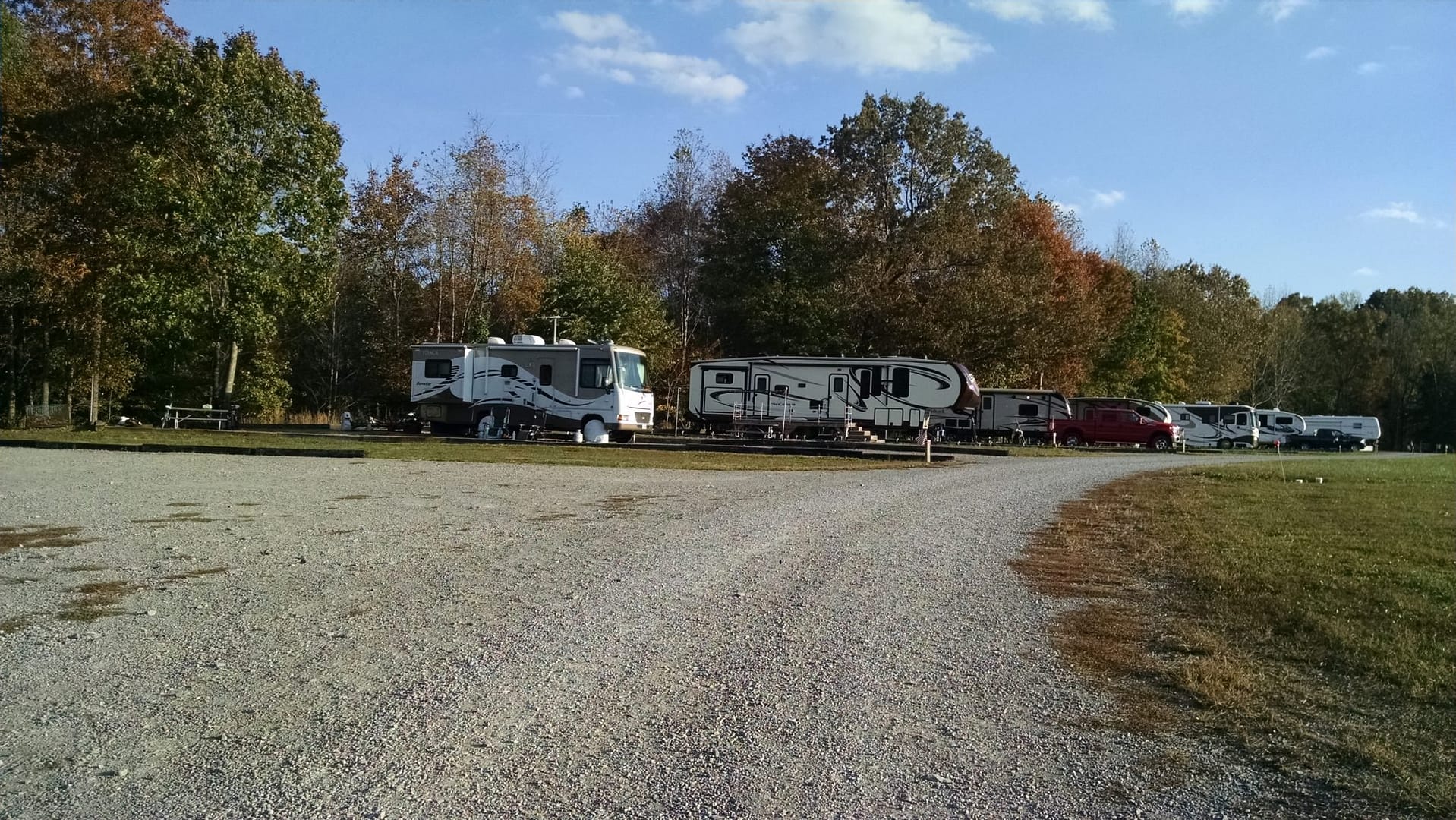
Pay— Aside from receiving a full-hook up site, we were compensated for every hour worked and then some. Our base pay as day shift workers was $10.75. Since our work schedule included Saturday and Sunday, we earned an additional $0.75 per hour. Volunteer overtime was offered almost every week, we earned time and a half for each hour after 40 hours. The end -of -the-season completion bonus was included with our final paycheck and included one dollar for each hour worked. The only downfall was that our paychecks were not as high as we calculated since we didn’t account for the high state tax.
Location–On our days off, we’d do the usual errands…purchase groceries and stop by the laundromat. We LOVE eating out, so we would eat at various restaurants. Much of our errands and “food sampling” was in Campbellsville, KY. Our favorite eatery was a local BBQ joint called Brothers, and we enjoyed a hearty Thanksgiving buffet at Creek Side Family Restaurant.
Other days we’d make special trips, one or more hours away, to visit historical sites and venture along bits of the Bourbon Trail. Levi’s mom made a special trip down to Kentucky so we were able to enjoy some of these places with her. We learned much about Abraham Lincoln’s childhood at the Abraham Lincoln Birthplace National Historical Park, toured a couple of distilleries, indulged in bourbon samples, and tried fried green tomatoes for the first time which as awful as they sound are quite amazing!
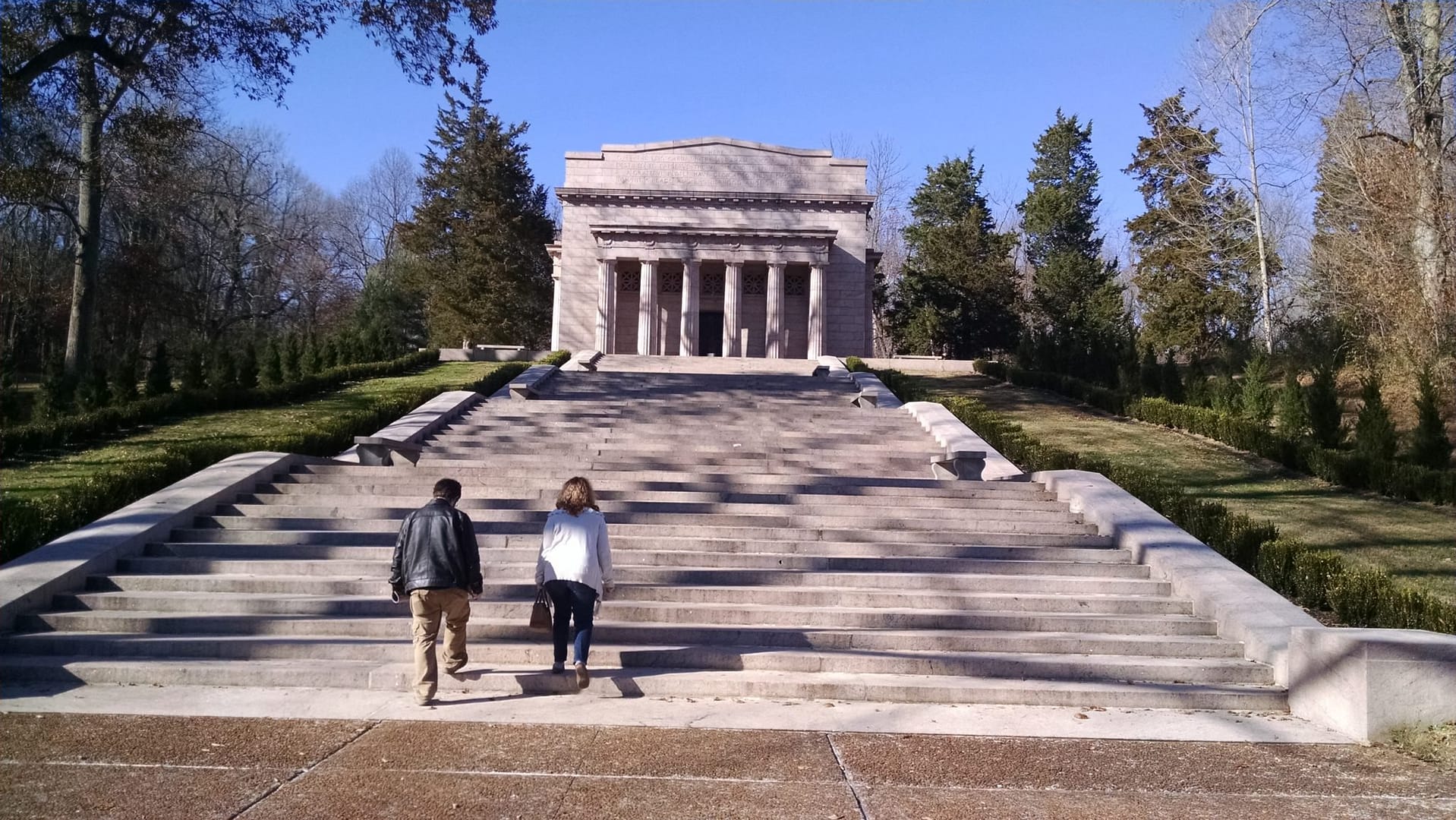
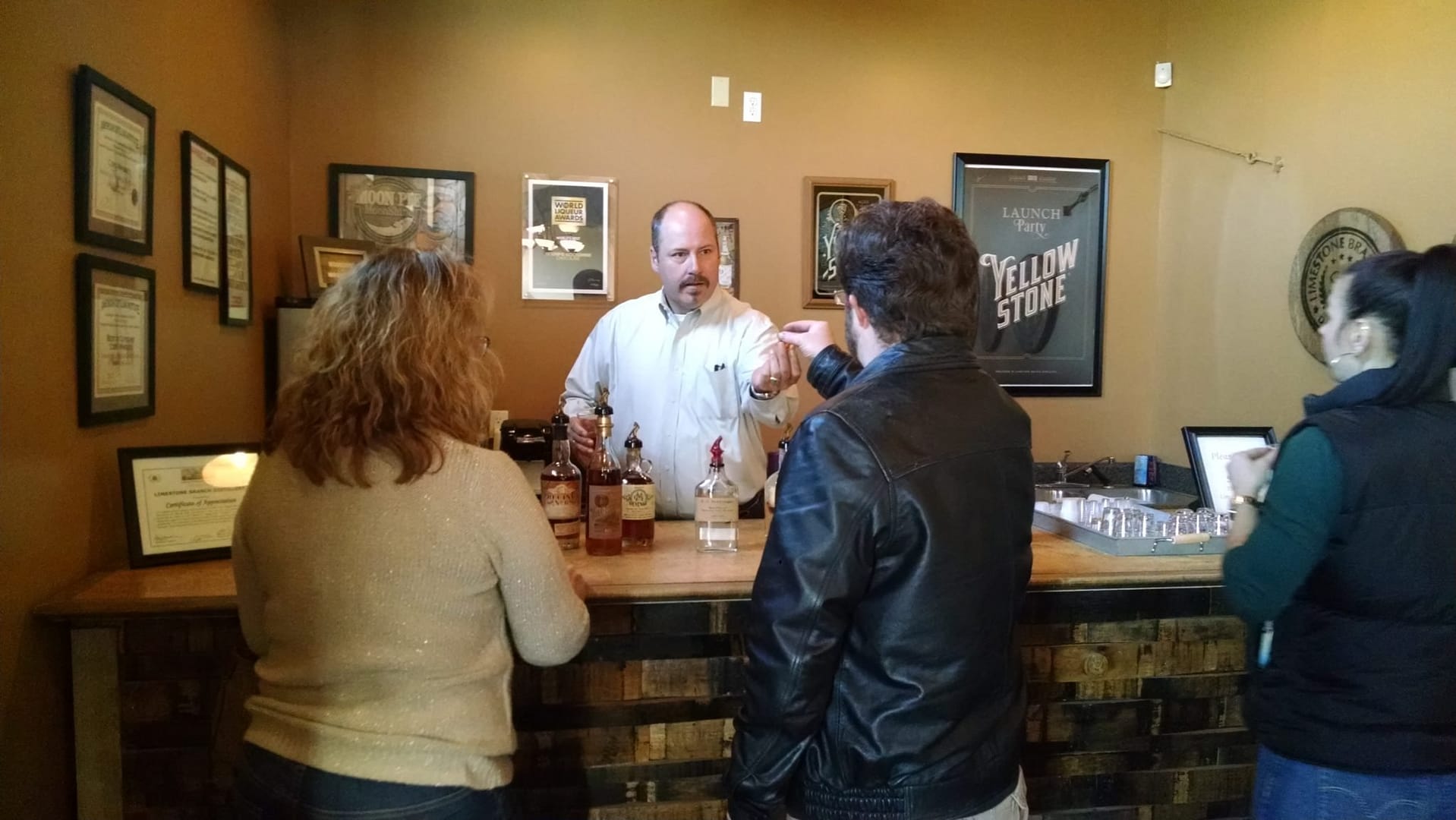
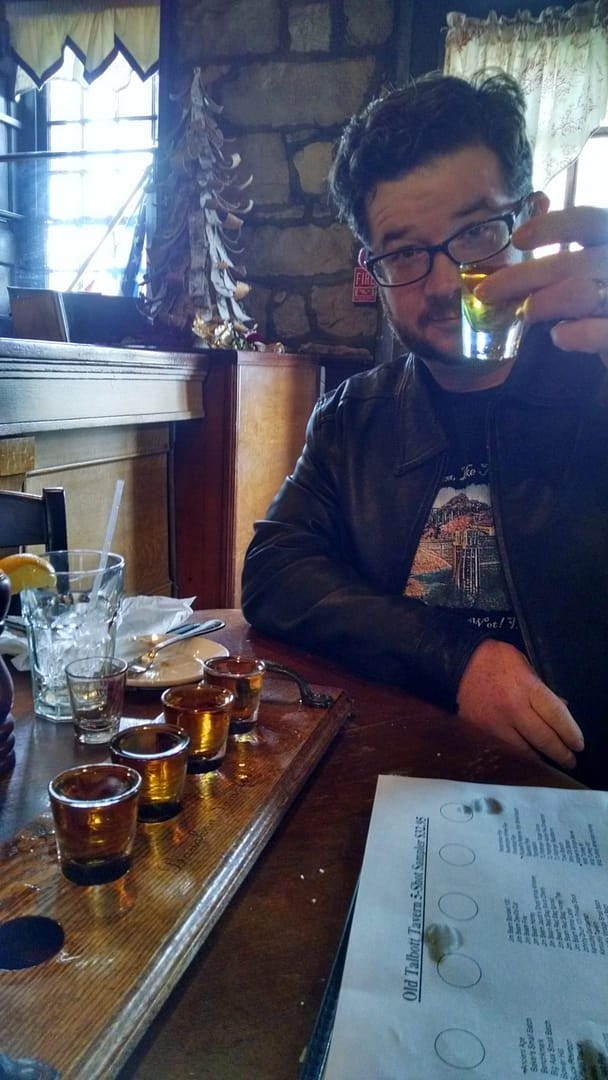

Looking Back on our Second Season with Amazon
Every CamperForce associate’s experience at Amazon is different, so when you read this review, keep in mind that this is just one couple’s account. I try to give facts intermingled with our perspective. Amazon’s CamperForce program, we feel, is a great opportunity to earn a hefty paycheck and meet new, like-minded folks. We did just that; however, a series of unfortunate events damped (literally) our stay and work routine.
The final two week’s of work, the busiest portion of the season with the least amount of days off, we discovered a leak and mold issue in the bedroom portion of our rig. One of our cat’s was also suffering from an ear infection and irritable bowel. Repairs in below freezing temperatures and trips to the vet were no fun after 10-hour shifts. We ended up taking off early or completely missing a day to keep up with appointments and finish the repair job. We let our administrator know in advance so they knew our dilemma. Fortunately, the repair was fixed, our cat eventually recovered from her ailments and we did not accumulate too many points to warrant termination. (Maximum points are 5.5).
We are most likely going to skip Amazon this new year as we have been discussing other work camping options. I wouldn’t completely dismiss the possibility for future seasons though.

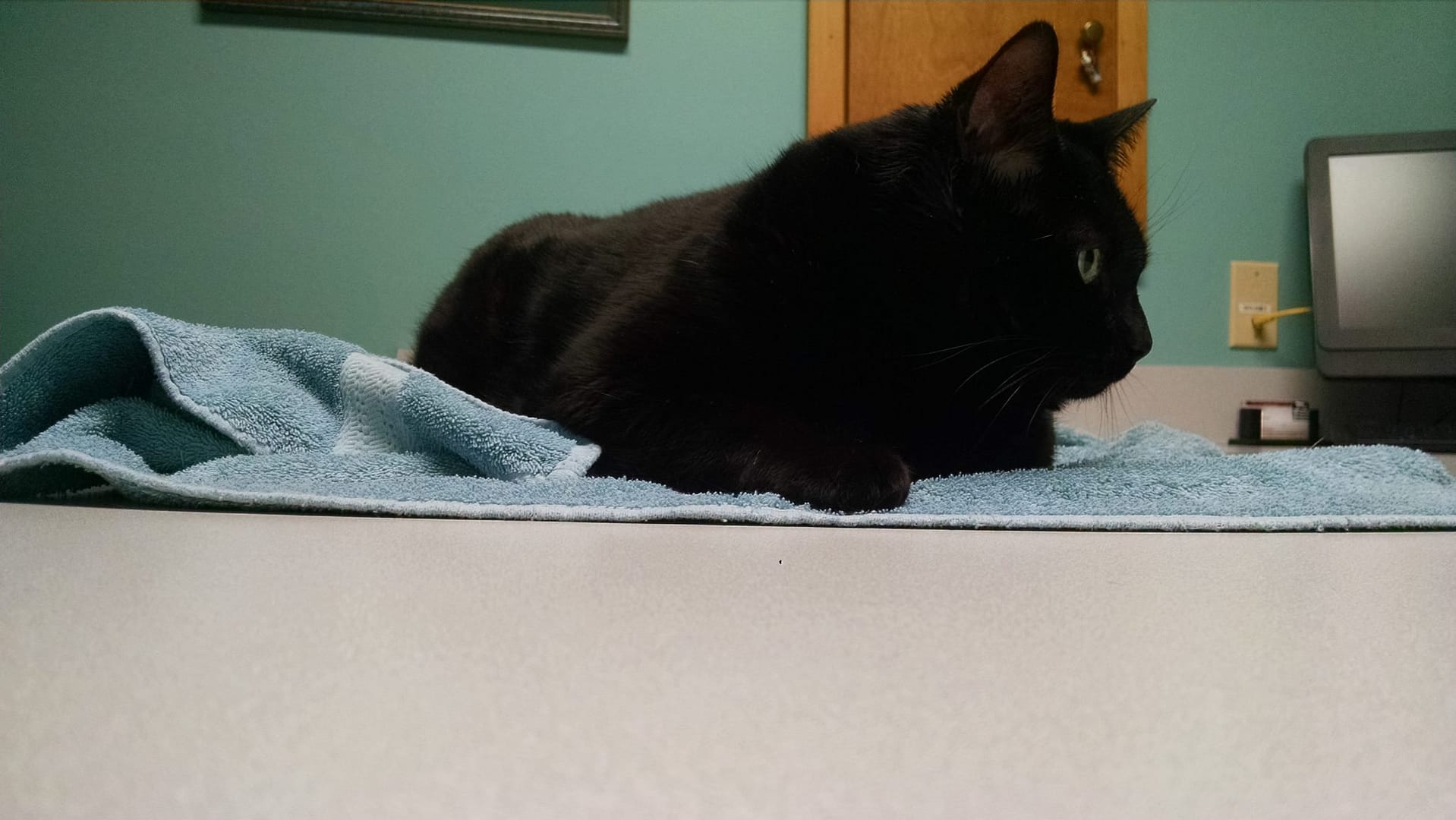
If you think this is a work camping position you may be interested in, you can contact the recruiting staff at http://www.amazondelivers.jobs/about/camperforce/, email at camperforce@amazon.com, or call 1-855-9-CAMPER for additional information on seasonal positions. The hiring process begins as early as January for the new year.
For more of our work camping reviews, Click Here!
We always appreciate your usage of our Amazon associate’s link to do your Amazon shopping!
